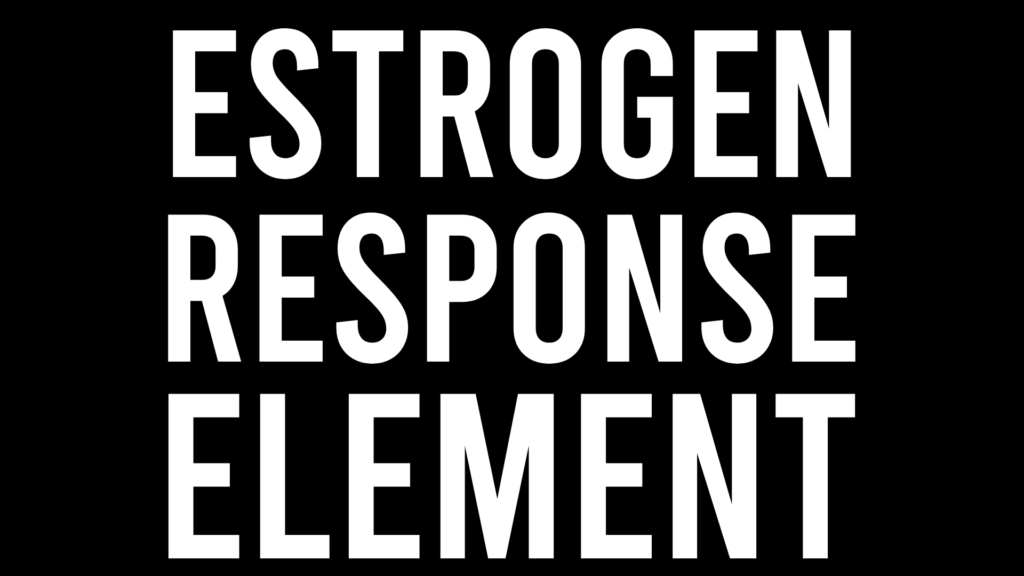Estrogens regulate gene expression by binding to specific DNA sequences called estrogen response elements (ERES). While the consensus ERE sequence, GGTCAnnnTGACC, is a common pattern found in many EREs, Half-palindromic EREs are imperfect palindromic sequences that only partially resemble the consensus ERE. In some cases, half-palindromic ERES can work together in a cooperative manner to enhance estrogen responsiveness. This means that the presence of multiple half-ERE sites can increase the overall transcriptional response to estrogen compared to the effect of a single half-ERE site.

Examples of Genes Regulated by Multiple Half-Palindromic ERES:
Half-palindromic ERES generally exhibit weaker estrogen responsiveness compared to the consensus ERE. This means that they have a lower affinity for estrogen receptors (ERS). Despite their weaker estrogen responsiveness, half-palindromic ERES can still play a role in regulating gene expression. Here are some examples demonstrating genes where transcription is induced by two or more half-palindromic ERES.
Corticotropin-Releasing Hormone (CRH):
The promoter region of the human CRH gene contains four half-ERES sites that collectively induce estrogen responsiveness. During experiments where CV-1 cells were co-transfected and analyzed using chloramphenicol acetyltransferase, it was observed that the presence of these half-elements led to the induction of estrogen responsiveness. However, this induction exhibited a strength that ranged from approximately 10% to 20% when compared to the effectiveness of the consensus ERE.
Prothymosin α:
Within the expansive 5-kilobase promoter region of the Prothymosin a gene, there are two half- palindromic Estrogen Response Elements (ERES) positioned specifically at -750 and 1051 base pairs. These half-palindromic ERES play a pivotal role in mediating the increased expression of the Prothymosin a gene triggered by estrogen.
Platelet-Activating Factor Receptor (PAFR):
The human Platelet-Activating Factor Receptor (PAFR) gene exhibits two distinct promoters, resulting in the generation of two different DNA transcripts of the receptor, each specific to particular tissues. Within the second transcript (PAFR2) of the PAFR gene, there exists an Estrogen Responsive Unit (ERU) situated in the gene’s promoter region. This ERU consists of two half-ERE sites separated by 153 base pairs, positioned between-257 to -93. Upon the introduction of estrogen, there was a notable 2.5 times increase in the level of transcriptional activity. This increase was observed in experiments that involved chloramphenicol acetyltransferase assays conducted in transfected JR-St cells. The cooperative interactions of multiple half-ERE sites and the ability of ERS to recognize these imperfect sequences contribute to the complex regulatory mechanisms of estrogen-mediated gene transcription.
